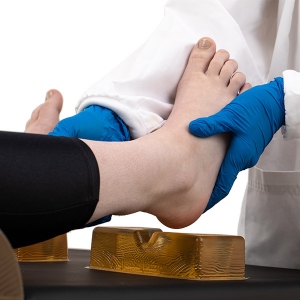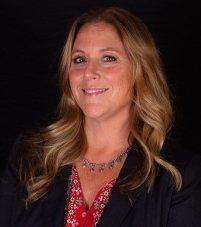
One of the highly common surgical positions is supine. This approach involves the surgical team’s watchful eyes to oversee a patient that will lie on their back with their arms either tucked or untucked to provide direct anatomical and surgical exposure to any area from the head and neck to the anterior aspects of the lower legs and feet. Supine position may be requested for a myriad of surgical procedures including everything from a thyroid, chest, cardiac, general, urology, orthopedic, or podiatry procedure to name a few. Given the wealth of clinical indications for the supine position, intentional time must be afforded for the perioperative team to consider all areas of required surgical access, as well as the areas not exposed during the surgical intervention.
Read More
